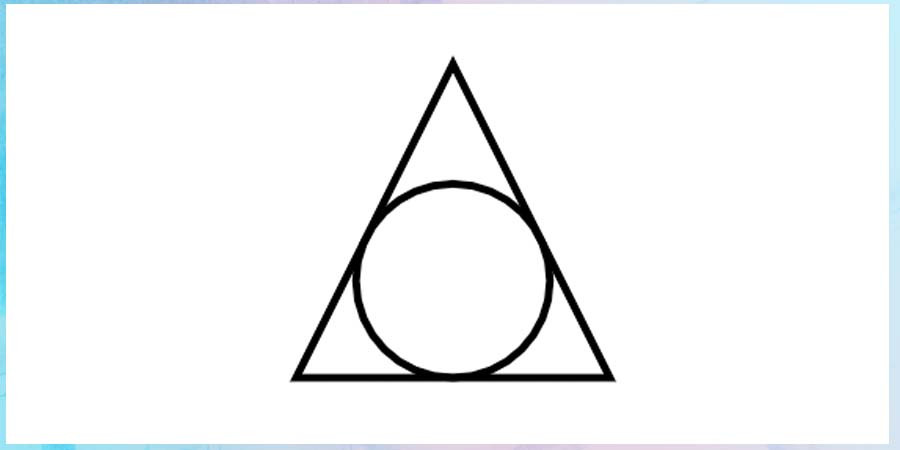

What Defines a "Good" Golf Score?
Golf can be a humbling sport, and the question of "what's a good score" depends entirely on your skill level. Let's break down what constitutes a good score for various levels of play.
The Average Golfer
If you're a casual player, here's a general benchmark:
- Breaking 100: This means finishing an 18-hole round with less than 100 strokes. It's a significant milestone for many recreational golfers.
- Scoring in the 90s: Consistent scores in the 90s suggest solid control of the basics and indicate you're a decent player.
- Reaching the 80s: Regularly shooting in the 80s marks a transition from casual to more serious golfer territory.
Lower Handicap Players
For more experienced players with an established handicap, a "good" score gets more competitive:
- Breaking Par (70-72): Shooting the same as the course par (usually around 72 for an 18-hole course) or better is an impressive achievement.
- Shooting Under Your Handicap: Playing better than your handicap suggests you're having a great round.
Professional Golfers
At the professional level, low scores are the norm:
- 60s or Lower: Scores in the 60s demonstrate exceptional skill and are common on professional tours.
- Course Records: Even within pros, breaking the course record is a noteworthy feat.
Factors Affecting "Good" Scores
- Course Difficulty: A challenging course with tough hazards will naturally yield higher scores for even good players.
- Conditions: Windy or rainy conditions can increase the difficulty of any golf course.
- Personal Improvement: Ultimately, a "good" score is relative to your own progress and playing better than you have before.
Focus Beyond the Score
While achieving a specific score can be motivating, don't let it overshadow the enjoyment of the game. Focus on improving your skills, consistency, and having fun on the course.
References
- National Golf Foundation - What is a Good Golf Score?: https://nationalgcla.com/what-is-a-good-golf-score/
- Golf Digest - How Many Golfers Break 80? 90? 100?: [invalid URL removed]
- River Landing – What Is A Good Golf Score?: https://riverlanding.com/blog/what-is-a-good-golf-score/
Remember, a "good" golf score is the one that brings you satisfaction and motivates you to get back on the course!
Popular articles

Apr 11, 2024 07:40 PM

May 25, 2024 08:09 PM

Apr 11, 2024 07:22 PM

Apr 10, 2024 07:59 PM

Mar 14, 2024 07:53 PM
Comments (0)